Researching your own home
The internet is a invaluable resource when researching a house's history, whether it be your own, or a house you are considering buying
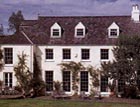

Discovering the stories behind the lives of those who have lived in your house before you is always fascinating. Of course, this also applies to properties you are thinking of buying, especially if you are likely to undertake any kind of building work. Thanks to the ever-expanding resources on the internet, much of the hard graft can be taken out by the sweep and click of a mouse, and it should be the first point of call for any budding house detective. Probably the best way to get started is to explore local council records. These are often accessible through the council websites, but a more comprehensive way to search is by logging on to www.a2a.org.uk (Scots should go to www.scan.org.uk), which provides access to national archives held at local record offices, libraries, universities, museums and specialist institutions across the country. If your building is listed, you can find details such as notable architectural features and social history, from the National Monuments Record. In England, this can be accessed through the Online Resources tab on the English Heritage website (www.english-heritage.org.uk). Both the Images of England link and Pastscape hold information, from aerial maps and old photographs to bibliographic references. The equivalent databases for Scotland and Wales can be found on their respective Royal Commission on Historical Monuments websites at www.rcahms.gov.uk and www.rcahmw.gov.uk. A few websites may give more detail on an individual property. The Historic Houses Association website (www.hha.org.uk) is a good place to look if the house is ever open to the public, with photographs and historic details of 400 privately owned properties across the UK in a user friendly and comprehensive format. The DiCamillo Companion (www.dicamillocompanion.com) merits a bit of a rummage in its own right. Compiled by one Curt DiCamillo, the site aims to document every significant country house ever built, whether standing or demolished, in the whole of the British Isles. To date, it claims to list 7,000 properties, providing, where possible, images, current condition, public access details, ownership, historical information and references, although the facts are not always completely up to date. Once you are armed with the historical details of a house, there are several places to go for the wider historic context. Good sites for British architectural history in general include www.lookingatbuildings.org.uk, created from research done for the recently updated Pevsner series, and www.building-history.pwp.blueyonder.co.uk, a lively site maintained by energetic historian and teacher Jean Manco. The former is still a work in progress, but boasts a helpful timeline and glossary. The latter is an impressively thorough resource covering many aspects of British and Irish architecture, and includes the history of building types, as well as suggestions of key books and websites. For more scholarly research, the best all-encompassing website for British architecture is that of the Royal Institute of British Architects (www.architecture.com). As well as providing information on practising architects and contemporary buildings, this sleek, grey website is a rich source of information for the historian. Typing a subject into the search box will yield a varied selection of primary sources, from news to lectures, and the Historical section on the Links page (under Reference on the left-hand side) provides an excellent springboard to other sites. This includes a section on specific periods, which lists the sites of organisations such as the Georgian Group and the Victorian Society, invaluable points of contact for their eras. However, it is as the host of the online catalogue of the British Architectural Library that the RIBA website comes into its own. Comprising books, periodicals, drawings, photographs, architectural models, manuscripts and archives covering all aspects of architecture, the library is the most comprehensive of its kind in the UK, and, thanks to the Architecture for All programme, also covers the V&A Library's collection of architectural drawings and photographs. A small proportion of the raw material is available online, and the catalogue entries provide good summations of the content. The web may have a little way to go before it relegates the pleasure of browsing a well-stocked library to the past, but it is an excellent place to begin.
Sign up for the Country Life Newsletter
Exquisite houses, the beauty of Nature, and how to get the most from your life, straight to your inbox.
Country Life is unlike any other magazine: the only glossy weekly on the newsstand and the only magazine that has been guest-edited by HRH The King not once, but twice. It is a celebration of modern rural life and all its diverse joys and pleasures — that was first published in Queen Victoria's Diamond Jubilee year. Our eclectic mixture of witty and informative content — from the most up-to-date property news and commentary and a coveted glimpse inside some of the UK's best houses and gardens, to gardening, the arts and interior design, written by experts in their field — still cannot be found in print or online, anywhere else.
-
 380 acres and 90 bedrooms on the £25m private island being sold by one of Britain's top music producers
380 acres and 90 bedrooms on the £25m private island being sold by one of Britain's top music producersStormzy, Rihanna and the Rolling Stones are just a part of the story at Osea Island, a dot on the map in the seas off Essex.
By Lotte Brundle Published
-
 'A delicious chance to step back in time and bask in the best of Britain': An insider's guide to The Season
'A delicious chance to step back in time and bask in the best of Britain': An insider's guide to The SeasonHere's how to navigate this summer's top events in style, from those who know best.
By Madeleine Silver Published
-
 What to expect when you're expecting (to move to the countryside)
What to expect when you're expecting (to move to the countryside)On March 28, agents Michael Graham will be showcasing some of their best countryside properties at their west London office.
By James Fisher Published
-
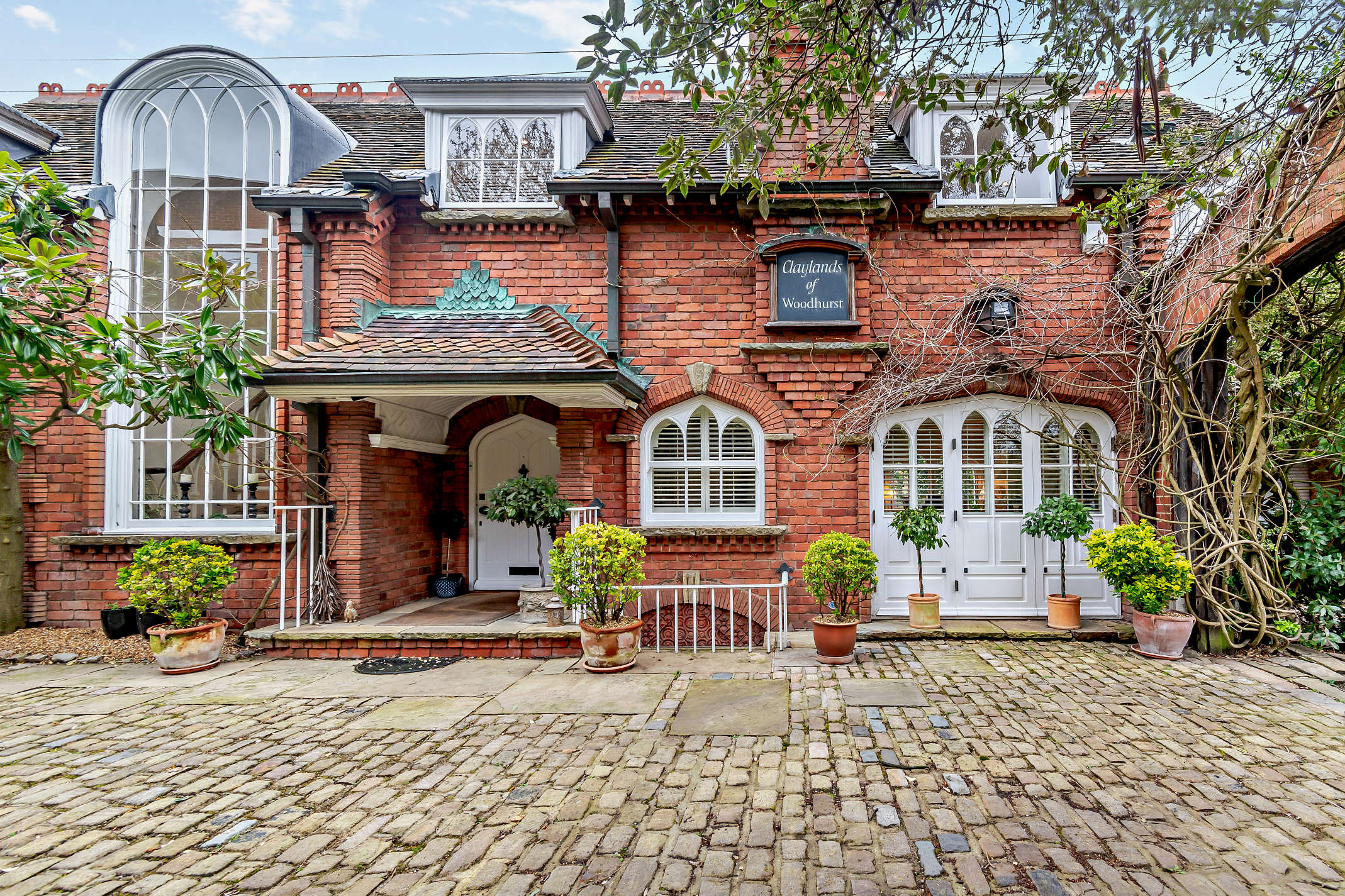 Property Talk: When is the right time to downsize?
Property Talk: When is the right time to downsize?Sometimes our homes can get too big for us, meaning it’s time to downsize. Here, we speak to those involved with the process.
By James Fisher Published
-
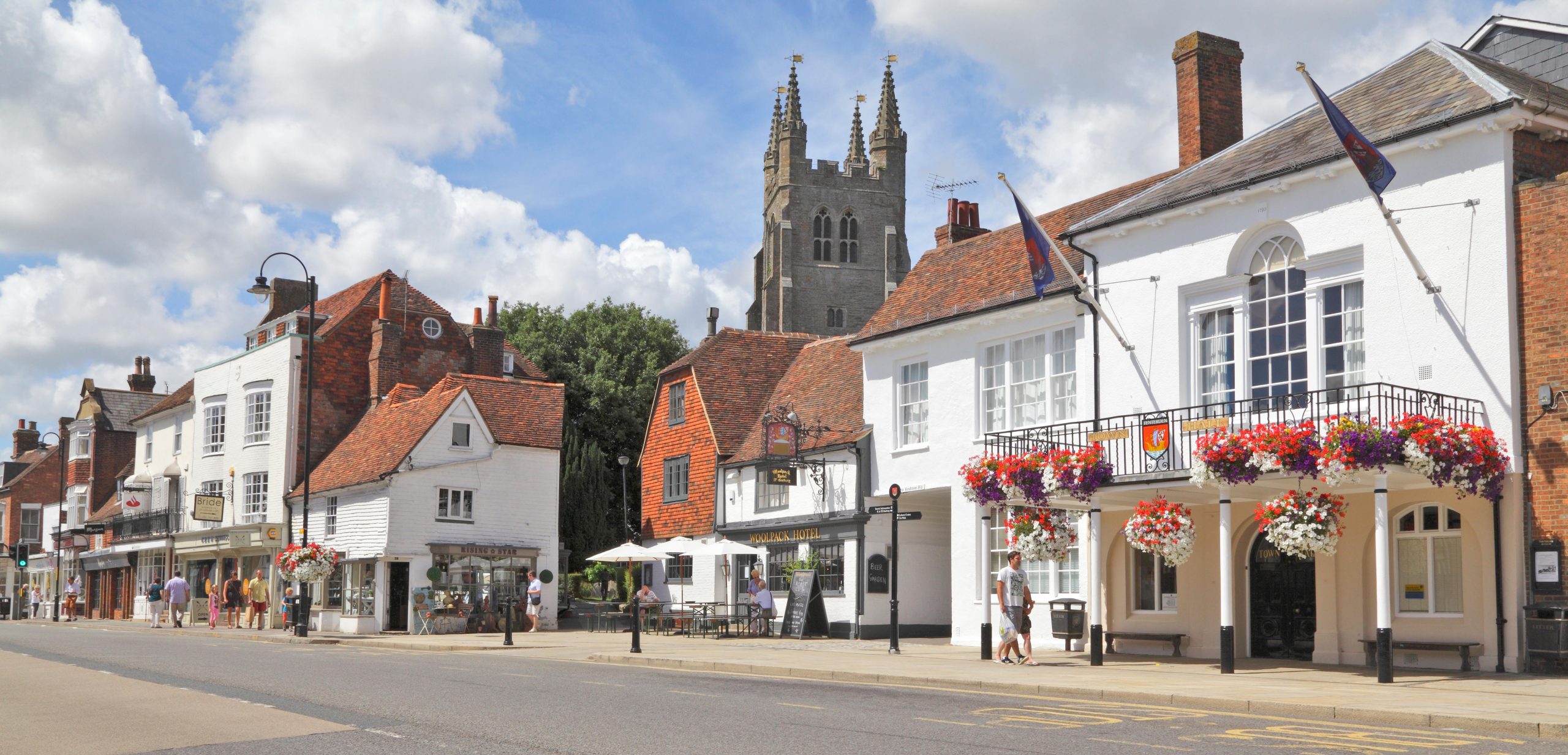 How to win in the property market: Tips from some of Britain's best buying agents
How to win in the property market: Tips from some of Britain's best buying agentsWhether looking for the perfect family home or negotiating on price, buying agents do the heavy lifting–and are well used to analysing the market. Carla Passino gets advice from a few of the best.
By Carla Passino Published
-
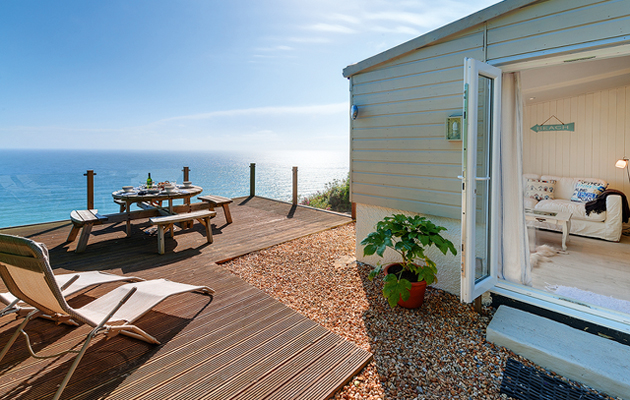 Top tips on renting your holiday home
Top tips on renting your holiday homeThe holiday-home market on the Cornish coast looks set for a lively summer. Arabella Youens finds out how to make the running costs bearable.
By Arabella Youens Published
-
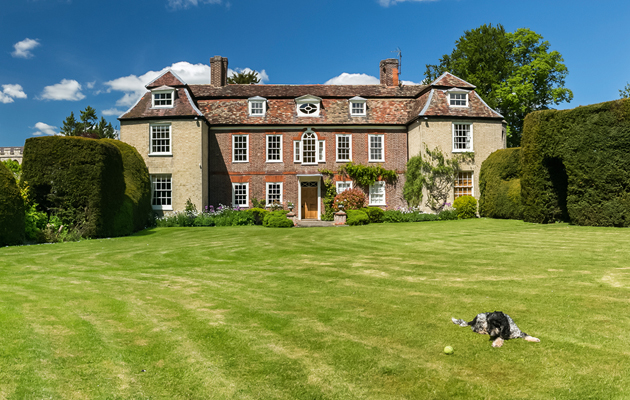 Tips and advice for holiday home owners
Tips and advice for holiday home ownersWith the start of the summer season nearly upon us, more and more country-house owners are dipping into the short-let scene.
By Country Life Published
-
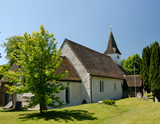 Property guide to Elstead
Property guide to ElsteadFreddie Mack shares the secrets of Elstead in Surrey, a prime spot for young families looking for properties outside London near good schools
By Country Life Published
-
 Property guide to Cheriton
Property guide to CheritonIf you're considering buying property in or around Cheriton this year, take a look at our property guide which covers where to buy, what prices to expect and where to have fun in the area
By Country Life Published
-
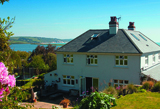 Make your holiday let work for you
Make your holiday let work for youIf you're considering renting out your holiday property prepare by reading this first
By Country Life Published
